Technology
Tech security check: Am I doing enough to keep my computer safe?
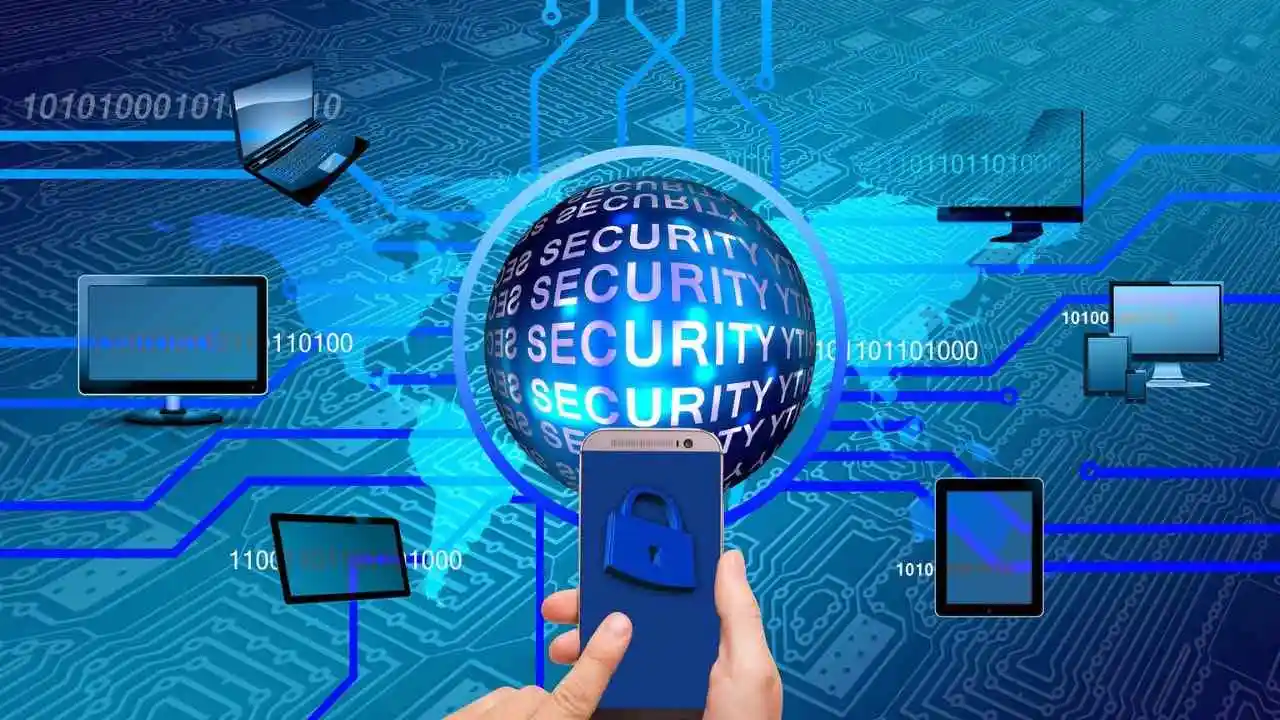
It’s easy to feel overwhelmed by the number of steps you can take to keep yourself and your computer safe and running smoothly. With the increasing number of cybercriminals, it can feel like you are fighting a losing battle. While it is impossible to be 100% effective all the time, creating some routines in your computer’s maintenance can help you feel more secure and at ease.
That’s why I want to highlight Joe from Hainesport, New Jersey, who has a question about routine steps he could take to stay safe and sane: “I don’t like feeling there is ‘clutter’ or malware lurking on my computer simply because I don’t have the knowledge to keep it orderly. I pay for antivirus software and have … free VPN but still am not confident I am doing all that makes for [good] maintenance. Any comments about that statement?”
Joe, I understand your concerns. It’s important to keep your computer clean and secure. We’re glad to hear that you are using an antivirus program and VPN. I’m on a mission to help you be resilient against today’s privacy and security threats. Below are some additional tips to help you enhance your computer’s security and maintain its function.
GET SECURITY ALERTS, EXPERT TIPS – SIGN UP FOR KURT’S NEWSLETTER – THE CYBERGUY REPORT HERE
A woman frustrated by her computer (Kurt “CyberGuy” Knutsson)
How to enhance your computer’s security
Here are five steps to help you enhance your computer’s security:
1) Update your antivirus software regularly
It’s great to install antivirus software on your computer, but it is equally important to update it regularly because it ensures that the software can protect your computer against the latest threats. Antivirus updates contain the latest files needed to combat new viruses and protect your computer. These updates often include the latest list and behavior of known viruses, improvements to the scan engine, and patches for security vulnerabilities in operating systems. Without these updates, your computer would be at risk from new viruses that the outdated antivirus software wouldn’t recognize or be able to defend against. Get my picks for the best 2024 antivirus protection winners for your Windows, Mac, Android and iOS devices.
FREE ANTIVIRUS SOFTWARE: SHOULD YOU USE IT?
2) Scan your computer for malware regularly
There is no use in installing your antivirus if it isn’t actively scanning your computer regularly. Some antivirus software programs can be set up to automatically run on a schedule. If you can’t remember to scan regularly, definitely set up a schedule if your program has that option. If any threats are found when scanning, quarantine or remove them.
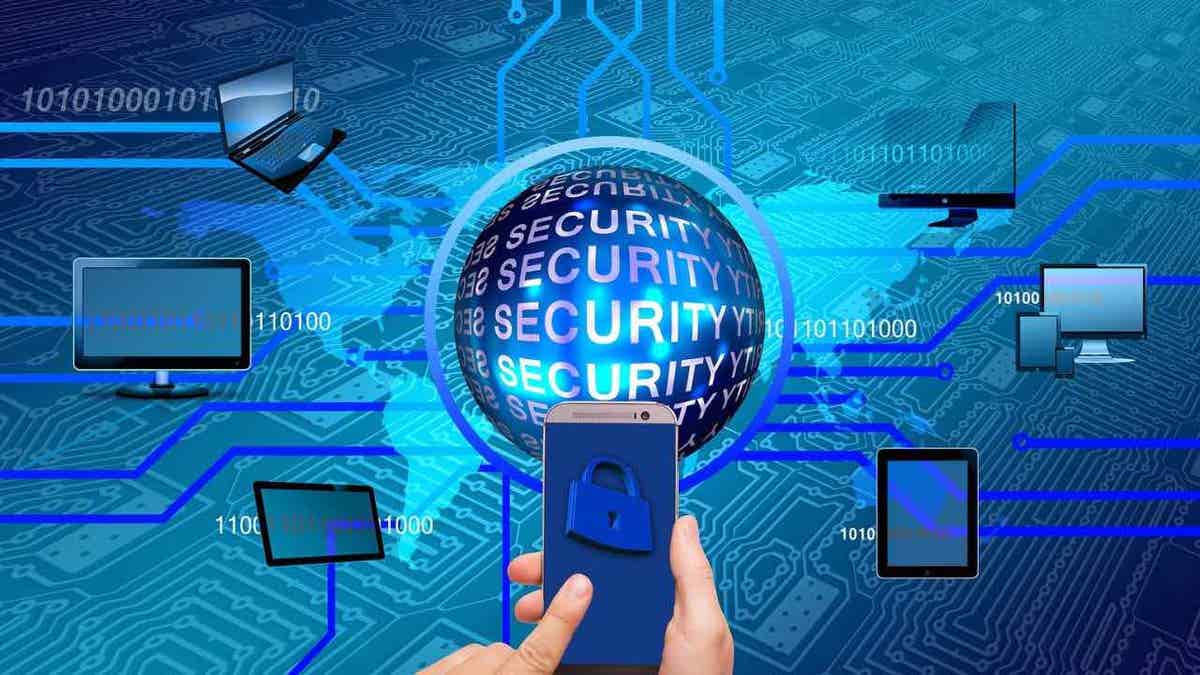
Illustration focusing on security on your devices (Kurt “CyberGuy” Knutsson)
HOW TO KNOW IF YOUR COMPUTER GOT HACKED, WHAT TO DO NEXT
3) Update your operating system and applications
If you keep your operating system’s software as well as the applications you regularly use updated, you are less likely to be exposed to certain vulnerabilities. Even if you have set your devices to automatically update, it’s worth forcing a manual update when a security flaw has been patched.
4) Remove unnecessary applications
Older, unused applications take up space on your drive and can pose security threats, especially ones that can no longer be updated to ward against new vulnerabilities. Remove applications from your phone or tablet you haven’t used in a while.
TIDY UP YOUR TECH: TIPS FOR SAFEGUARDING YOUR DATA
5) Use a high quality VPN
A virtual private network (VPN) enhances your digital security by encrypting your internet connection and concealing your IP address. This makes it significantly more challenging for unauthorized parties to intercept your data or track your online activities. However, it’s important to be mindful of the limitations of free VPN services. Here are six reasons why you might want to avoid using a free VPN:
Limited data and speed: Free VPNs often have data caps and slower speeds, hindering your browsing experience.
Security risks: Some free VPNs may not use strong encryption, leaving your data vulnerable.
Privacy concerns: Free VPNs may collect and sell your browsing data to third parties.
Ad intrusions: To support their service, free VPNs might show intrusive ads, which can be annoying and potentially dangerous.
Limited server options: You may have fewer servers to choose from, which can affect your connection’s reliability and speed.
Customer support: Free VPNs typically offer limited customer support, if any.
While no system can guarantee complete invulnerability, these practices can substantially reduce the risk of cyberthreats. Always exercise caution when handling sensitive information on the internet. For the best VPN software, see my expert review of the best VPNs for browsing the web privately on your Windows, Mac, Android and iOS devices.
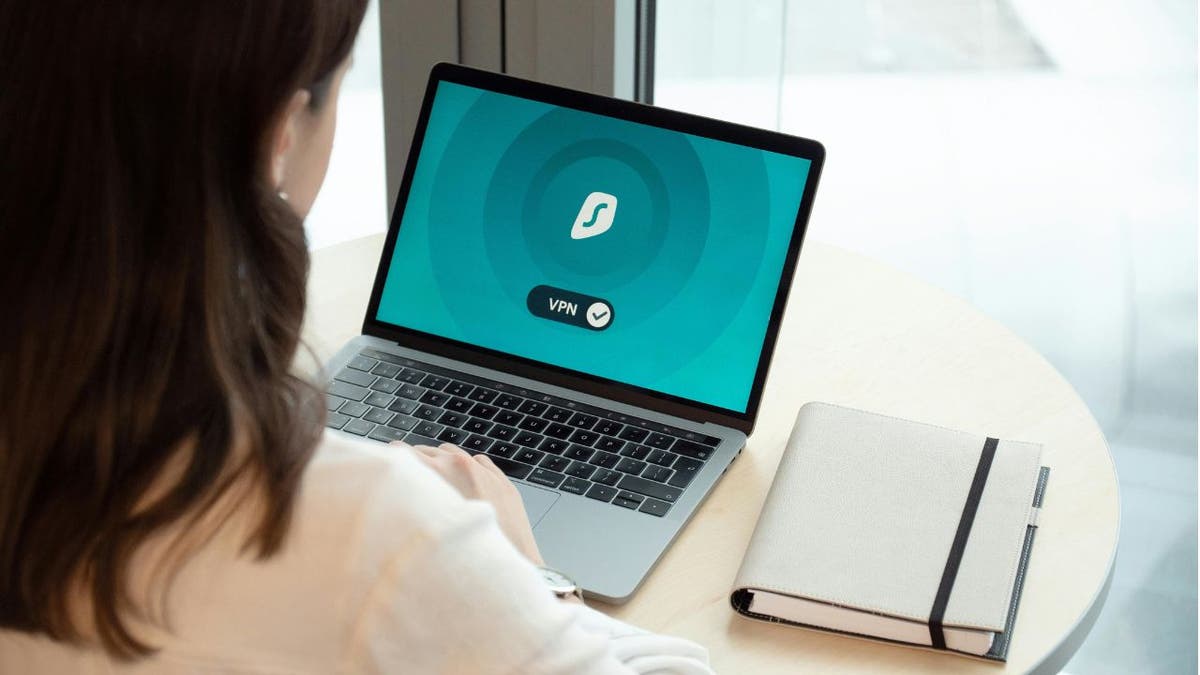
A woman using a VPN on her laptop (Kurt “CyberGuy” Knutsson)
HOW TO TELL IF YOUR BROWSER HAS BEEN HIJACKED
How to ‘declutter’ your computer
Here are four steps to help you declutter your computer and enhance its operation.
1) Remove old apps
Free up space on your drive and help you find the apps you use most frequently by searching for and removing old apps that you no longer use.
2) Delete unnecessary system files
Deleting unnecessary system files on your PC and Mac is important for several reasons:
- Free up disk space: Unnecessary files take up valuable storage space that could be used for other applications or data.
- Improve system performance: Too many unused files can slow down your computer’s performance, as they consume resources and make file searches more time-consuming.
- Enhance system security: Some of these files could potentially be exploited by malicious software. Removing them reduces this risk.
- Maintain system hygiene: Regularly cleaning out unnecessary files helps keep your system organized and makes it easier to manage.
More:
3) Organize your files
Keeping your files and folders organized can make it easier to find what you need and make your computer feel less cluttered. You can also group files within folders by type, which might help you sort through what you need to keep or delete.
4) Regularly clean your inbox
A cluttered inbox can make it harder to find important emails. Regularly delete or archive emails you no longer need. Create filters or flag specific individuals or companies as a priority so that they don’t get lost in the shuffle, deleted accidentally or redirected to your spam or junk folder.
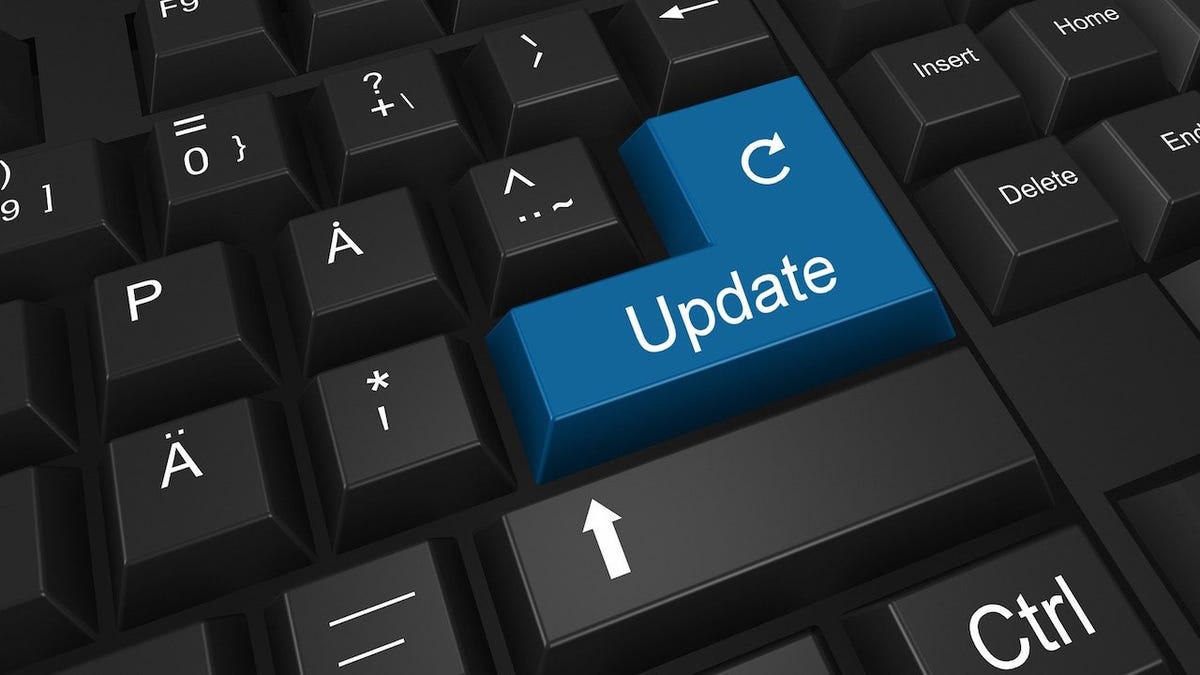
Update antivirus software regularly (Kurt “CyberGuy” Knutsson)
SUBSCRIBE TO KURT’S YOUTUBE CHANNEL FOR QUICK VIDEO TIPS ON HOW TO WORK ALL OF YOUR TECH DEVICES
Have strong antivirus software
Make sure you have strong antivirus software installed on all your devices to safeguard your private information. With strong antivirus protection, you can prevent malware from sneaking in through malicious links, keeping your personal data secure. Additionally, it will alert you to phishing emails and ransomware scams, keeping your digital life secure. Get my picks for the best 2024 antivirus protection winners for your Windows, Mac, Android and iOS devices.
Kurt’s key takeaways
Regularly employing the security and decluttering strategies listed above doesn’t just keep your computer more secure but also keeps your computer running more smoothly and efficiently. While no process is foolproof, utilizing these strategies on a regular basis can give you greater peace of mind and ease of use. If you’re unsure about how to implement any of the strategies, you can look into the more in-depth articles or seek professional help. There is a reason why these professionals exist, and it is always better to be safe than sorry.
Do you feel like you’re doing enough to keep your computer safe and running well? Let us know by writing us at Cyberguy.com/Contact.
For more of my tech tips and security alerts, subscribe to my free CyberGuy Report Newsletter by heading to Cyberguy.com/Newsletter.
Ask Kurt a question or let us know what stories you’d like us to cover.
Follow Kurt on his social channels:
Answers to the most asked CyberGuy questions:
Copyright 2024 CyberGuy.com. All rights reserved.

Technology
REI’s anniversary sale is dropping prices on Garmins and other great outdoor gear

Below, we’ve rounded up some of the best deals to help you gear up for your summer adventures. In some instances, other retailers like Amazon are matching REI’s pricing, giving you additional ways to save. Also, keep in mind that REI members can save an additional 20 percent on one REI Outlet item or get 20 percent off on one qualifying full-price item when they use coupon code ANNIV2025 at checkout.
Update, May 17th: Updated pricing / availability and added several new deals, including those for Mpowerd’s 18-foot solar lights and the Garmin InReach Messenger Plus.
Technology
How to breathe new life into an old computer

Got an old computer collecting dust in a closet or tucked under a desk? You’re not alone. Many people hold on to aging desktops and laptops, either as backup machines or because they still run “just fine.” But here’s the catch: if that PC is no longer receiving Windows updates, it could be a security risk, even if it seems perfectly functional. Janet from East Wakefield, NH, recently wrote to us about this very dilemma:
“We need to update our computer due to Windows 11 not running on our older computer. We have two older computers, one we are upgrading and the second one I would like to continue to use on occasion. Do I run the risk of incursions into my software since I will no longer get security upgrades? Any advice on what I should remove (ie, finance info.)? Also, any advice for the older tower? Runs perfectly with solid state SSD. We are loath to put it into the recycling bin.”
The good news is you don’t have to toss it just yet. With a few smart steps, you can use it safely or transform it into something completely new and useful. Let’s look at how you can breathe new life into your old computer.
JOIN THE FREE CYBERGUY REPORT: GET MY EXPERT TECH TIPS, CRITICAL SECURITY ALERTS, AND EXCLUSIVE DEALS — PLUS INSTANT ACCESS TO MY FREE ULTIMATE SCAM SURVIVAL GUIDE WHEN YOU SIGN UP!
A woman working on her older laptop. (Kurt “CyberGuy” Knutsson)
Why using an unsupported PC can be risky
First of all, once Microsoft stops supporting your version of Windows, your PC no longer receives security patches, bug fixes, updated drivers, or browser support. Even if the system still runs smoothly, it becomes more vulnerable to cyber threats like malware, ransomware, phishing attacks and data theft. An outdated operating system is like an unlocked door. Hackers and malicious software often target these systems specifically because of their weaknesses. If you plan to keep using an older computer, especially with internet access, it’s time to update your operating system.
BEST ANTIVIRUS FOR PCS — CYBERGUY PICKS 2025
How to protect your old PC for occasional use
If you still plan to use your PC occasionally, you can minimize the risks with these simple but effective steps:
1. Use it offline only: The easiest way to stay secure is to keep your old PC off the internet entirely. You can still use it for:
- Word processing
- Organizing archives or photos
- Creative projects
- Offline games or journaling
Without internet access, you remove most external threats.
2. Remove all sensitive data: Even if you’re only using your computer for basic tasks, it’s important to scrub any personal or financial information from the system. That includes:
- Tax documents
- Bank statements
- Saved passwords
- Files with Social Security numbers
- Scanned IDs or legal documents
One effective way to securely wipe all personal files at once is to use the built-in Windows reset option, found under Settings > System > Recovery. This will remove your files and restore the system to a clean state. For step-by-step instructions, check out Microsoft’s guide to resetting your PC.
Once your old PC is wiped, it’s smart to strengthen the security of your active devices. Turn on two-factor authentication (2FA) for your accounts and use a password manager to keep your credentials safe and organized. Get more details about my best expert-reviewed Password Managers of 2025 here.
3. Disable browsers (or use a safer alternative): If you need occasional internet access, avoid using outdated browsers like old versions of Google Chrome or Microsoft Edge. Instead, try privacy-focused alternative browsers. Or better yet? Disable browsers altogether and connect to the web on a newer, supported device.
4. Install strong antivirus software that supports legacy systems: Even an offline PC can be exposed via USB drives or transferred files. The best way to safeguard yourself from malicious links that install malware, potentially accessing your private information, is to have strong antivirus software installed on all your devices. This protection can also alert you to phishing emails and ransomware scams, keeping your personal information and digital assets safe. Before installing antivirus software, make sure your older computer meets the minimum system requirements. Check for supported operating system (OS) version, RAM, and processor architecture (32-bit or 64-bit). Most providers list these on their site. Get my picks for the best 2025 antivirus protection winners for your Windows, Mac, Android and iOS devices
5. Keep important files on external storage: Avoid saving sensitive files directly on the old PC. Instead:
This keeps your data portable, protected and off the aging hardware. That way, your files are safe even if the old computer fails, and you can access them from newer devices anytime.
WHAT IS ARTIFICIAL INTELLIGENCE (AI)?

A man working on his PC. (Kurt “CyberGuy” Knutsson)
TRANSFERRING DATA FROM AN OLD LAPTOP TO A NEW ONE
What about older Macs?
While this guide focuses on Windows PCs, many of the same principles apply to older Macs, especially if your system is stuck on unsupported macOS versions like High Sierra or Mojave. The best way to stay safe is to limit internet use, remove sensitive data, use supported browsers and install reliable antivirus software.
That said, older Macs have a few unique considerations:
- Limited upgrade paths: Apple restricts OS upgrades to certain hardware. You may be locked into an older system unless you install a custom macOS patcher or switch to Linux.
- Tighter integration with Apple services: Be sure to fully sign out of iCloud and disable Find My Mac before wiping or repurposing.
- Fewer repurposing options: While some Macs make great writing machines or media centers, they’re harder to customize or reconfigure than tower PCs because most Apple hardware isn’t designed for self-upgrades. Components like memory or storage are often sealed, soldered or require special tools to access.
WHAT HACKERS CAN LEARN ABOUT YOU FROM A DATA BROKER FILE
Ready for a second life? Here’s how to repurpose it
If the system still has a working tower, especially an SSD (Solid-State Drive), which provides fast storage and efficient performance, it could be perfect for a modern, low-cost makeover.
Option 1: Install Linux for a secure, fresh operating system
Linux is a free, fast, and secure alternative to Windows that works especially well on older computers. It’s still actively supported and great for basic tasks like browsing the web, checking emails, editing documents, streaming videos or even learning to code. You don’t need to be a tech expert to install it, as most versions come with easy, step-by-step installers.
Here are some beginner-friendly Linux versions (called “distributions” or “distros”):
- Linux Mint — Designed to feel familiar to Windows users, with a simple, traditional desktop and lots of built-in help.
- Ubuntu — One of the most popular Linux versions, known for its large support community and extensive online guides, making it easy to find help if you get stuck.
- Zorin OS — Offers a polished, modern look that resembles Windows or macOS, making it ideal for casual users or anyone switching from those systems. It even helps you run some Windows programs and provides a very user-friendly experience.
For example, Zorin OS lets you choose a desktop layout that looks like Windows, so you don’t have to relearn everything. Ubuntu is famous for its reliability and the huge number of tutorials available online, which is helpful if you’re new to Linux.
And yes, you really can install these yourself, even if you’ve never tried Linux before. This beginner’s guide to installing Linux Mint walks you through the entire process.
Option 2: Turn it into a home server or backup station
Your old PC can become the backbone of your home network. A few creative uses:
- Media center — Stream content to your TV
- Photo/video archive — Store backups and organize family memories
- Local file backup server — Save copies of important files from other devices at home
- Print or file server — Share printers or storage across devices
This keeps your old machine useful without needing daily interaction.
Option 3: Selling your PC
Before you get rid of your old PC, consider whether selling or recycling is the best fit for you. Both options are eco-friendly and can be rewarding if done right. Here’s how to handle your PC responsibly:
- Back up and wipe data: Save your important files to an external drive or cloud storage. Then, use secure data-erasing software to completely wipe your PC, ensuring your personal information is unrecoverable.
- Remove accounts and reset: Log out of all accounts, deactivate software licenses and perform a factory reset so the next owner starts fresh.
- Selling your PC: If your PC is in good condition, consider selling it through reputable platforms such as Amazon Trade-In, eBay, or local electronics stores. These options can put cash or gift cards in your pocket. Always be cautious of scams, use secure payment methods and avoid sharing unnecessary personal details.
Option 4: Donate or responsibly upcycle
If you’re done with it, let someone else benefit:
- Schools, nonprofits and senior centers often accept working devices.
- Buy Nothing or Freecycle groups can help you find a local taker.
- Some e-waste centers refurbish old PCs for families in need.
Be sure to wipe the hard drive before donating. Consider using a data erasure tool or disk-wiping software to securely erase the entire hard drive. However, always back up any important files before wiping your drive. Always, confirm that you are targeting the correct storage device during the process to avoid accidental data loss. If you’re unable to securely erase sensitive materials from your hard drive, consider removing the drive before donation and recycling it separately.
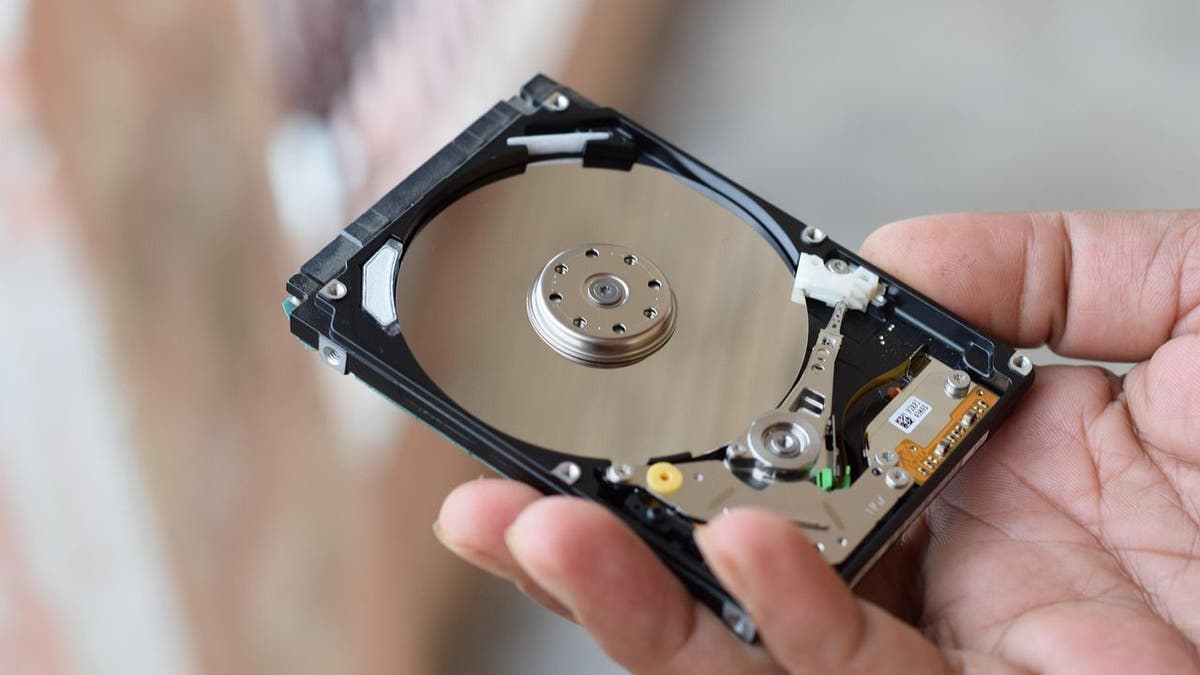
Solid-State Drive. (Kurt “CyberGuy” Knutsson)
BEST DESKTOP COMPUTERS FOR 2025
Simple upgrades that can extend its life even further
If you’re keeping the machine and want to get the most out of it, a few basic hardware upgrades can go a long way, even on an older system. These are budget-friendly fixes that can significantly improve speed, stability and longevity.
1. Add more RAM: If your system has 4GB or less, upgrading to 8 GB+ can significantly improve multitasking and responsiveness, especially with Linux. Look up your PC’s model number on the manufacturer’s website to find compatible memory. Many desktops (and some laptops) let you upgrade RAM by simply opening the case and inserting the new memory sticks into available slots.
2. Upgrade to an SSD: If you’re still using a traditional hard drive, switching to a solid-state drive can dramatically reduce boot times and make your PC feel brand new. For most older machines, look for SSDs labeled “2.5-inch SATA”, which are the most widely compatible and easy to install. Some newer systems support faster NVMe SSDs, which connect directly to the motherboard. Check your PC model or open the case to see which type your system supports. Be sure to back up your files, then either reinstall the operating system manually or clone your current drive before replacing it.
3. Clean out the dust and refresh thermal paste: Older desktops tend to overheat, which can slow things down or cause random shutdowns. Open up the case and:
- Use compressed air to clean fans and vents
- Consider replacing the thermal paste on the CPU if it’s been several years
4. Swap out the battery or power supply: If your laptop battery no longer holds a charge, or if your desktop randomly shuts off, consider replacing the battery or power supply unit.
Kurt’s key takeaways
Just because a computer is old doesn’t mean it’s useless. Whether you’re turning it into a writing station, a media server, or giving Linux a try, your old PC can still be a valuable tool. The key is security. Unsupported systems can be risky if used online, but with a few precautions or by repurposing them entirely, you can keep your data safe and extend the machine’s life in meaningful ways.
Have you repurposed an old PC? We’d love to hear what you’re doing with your older tech. Let us know by writing us at Cyberguy.com/Contact
For more of my tech tips and security alerts, subscribe to my free CyberGuy Report Newsletter by heading to Cyberguy.com/Newsletter
Ask Kurt a question or let us know what stories you’d like us to cover.
Follow Kurt on his social channels:
Answers to the most-asked CyberGuy questions:
New from Kurt:
Copyright 2025 CyberGuy.com. All rights reserved.
Technology
How to Install a VPN on a Fire TV Stick

-

 Austin, TX7 days ago
Austin, TX7 days agoBest Austin Salads – 15 Food Places For Good Greens!
-

 Technology1 week ago
Technology1 week agoNetflix is removing Black Mirror: Bandersnatch
-

 World1 week ago
World1 week agoThe Take: Can India and Pakistan avoid a fourth war over Kashmir?
-

 News1 week ago
News1 week agoReincarnated by A.I., Arizona Man Forgives His Killer at Sentencing
-

 News1 week ago
News1 week agoWho is the new Pope Leo XIV and what are his views?
-

 News1 week ago
News1 week agoEfforts Grow to Thwart mRNA Therapies as RFK Jr. Pushes Vaccine Wariness
-

 Entertainment1 week ago
Entertainment1 week agoReview: 'Forever' is a sweet ode to first love (and L.A.) based on Judy Blume's novel
-

 Politics1 week ago
Politics1 week agoDepartment of Justice opens criminal investigation into NY AG Letitia James













